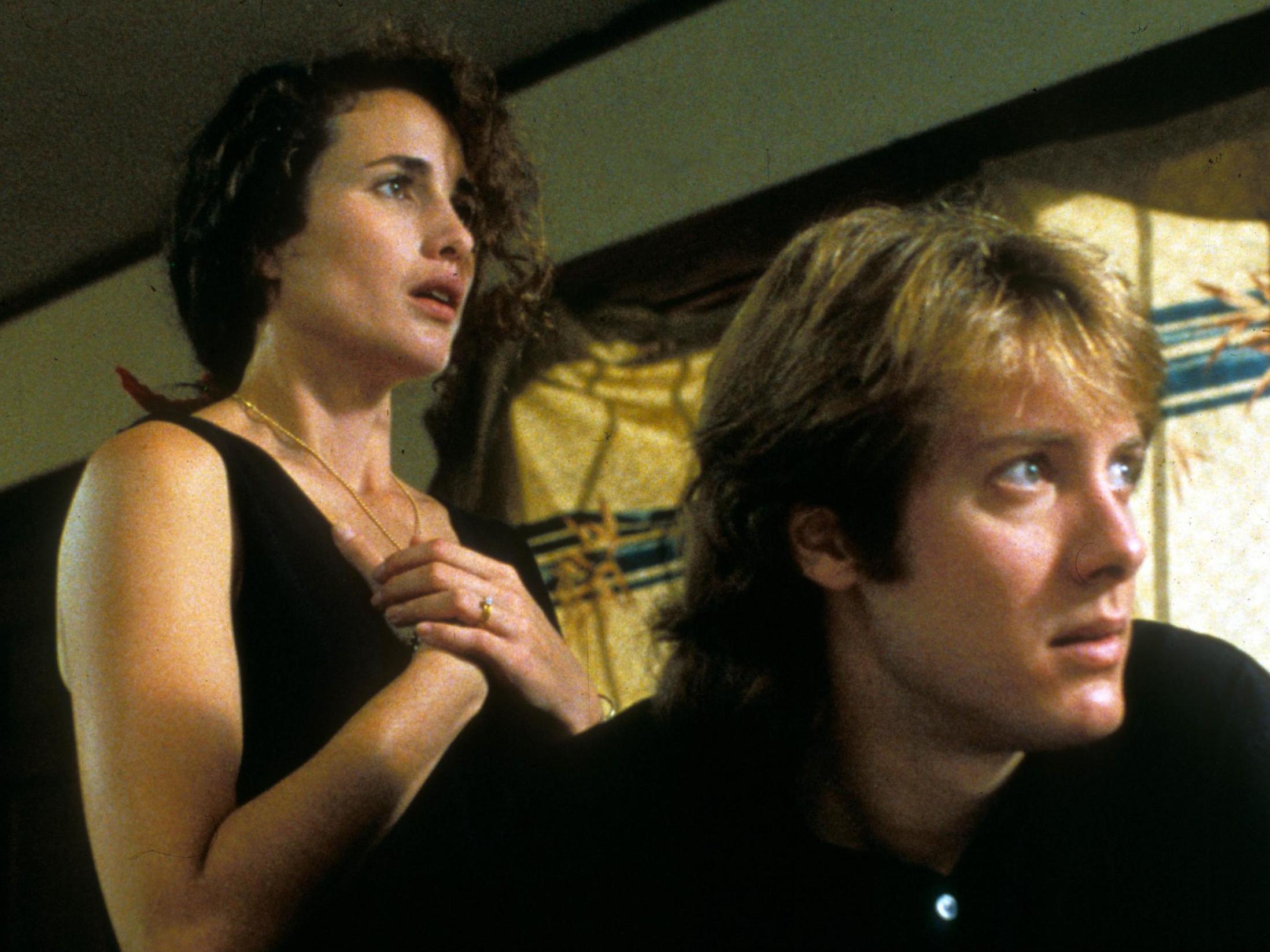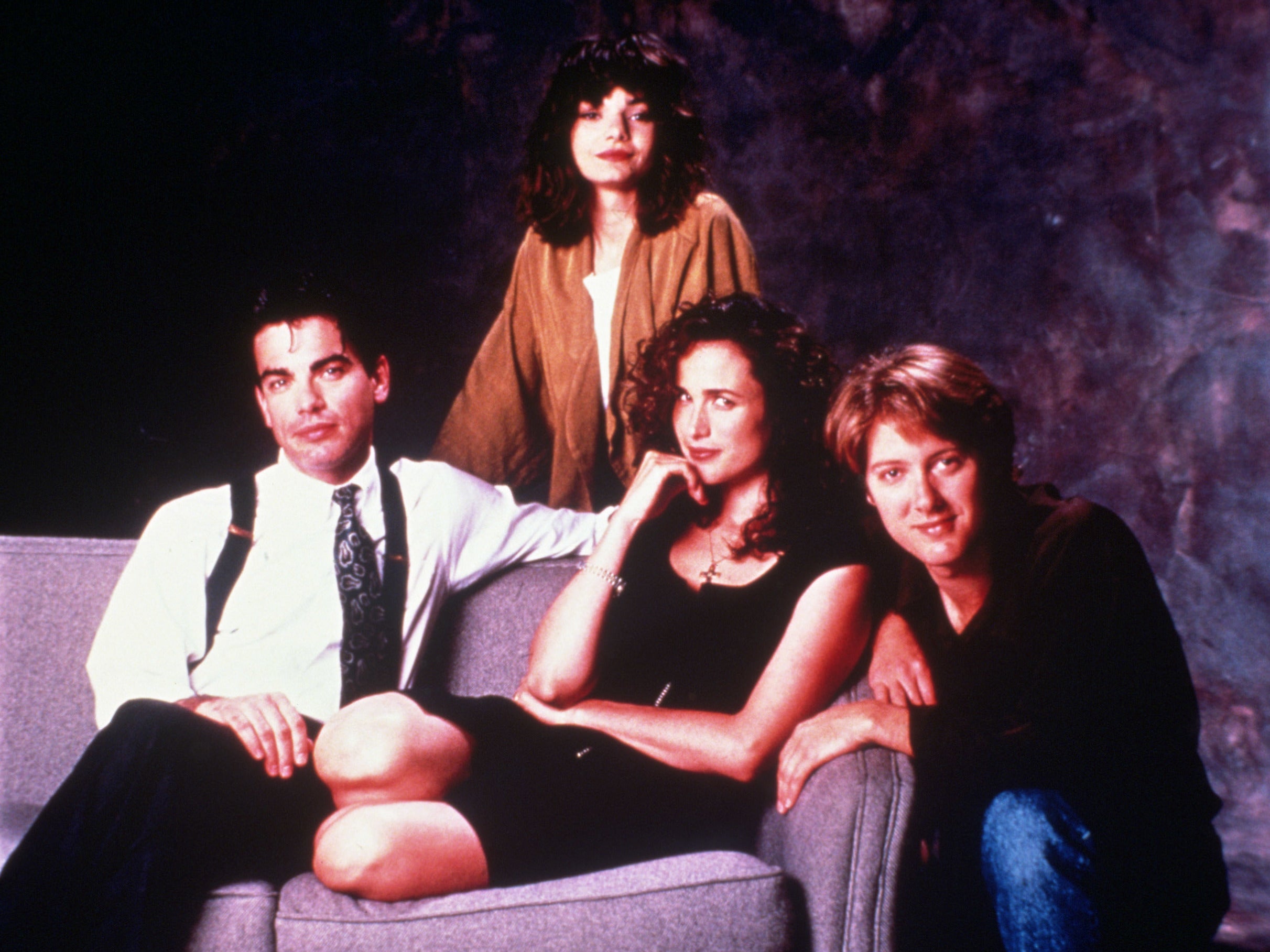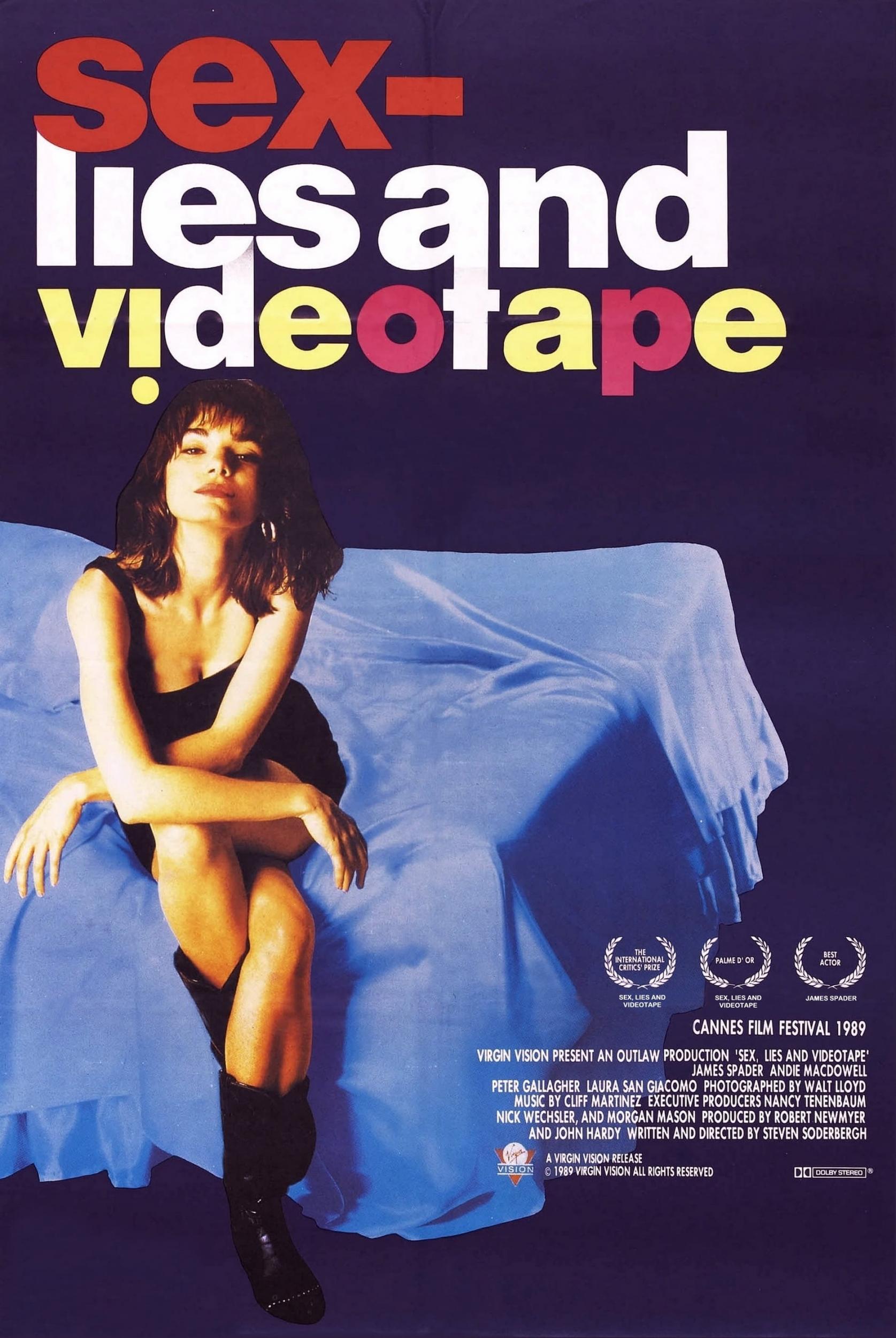Sex, lies, and videotape at 30: How Steven Soderbergh’s erotic drama changed independent cinema forever
The button-pushing 1989 movie remains impossible to define, while laying the template for Soderbergh’s wildly divergent directorial career in the aftermath, writes Kambole Campbell

Your support helps us to tell the story
From reproductive rights to climate change to Big Tech, The Independent is on the ground when the story is developing. Whether it's investigating the financials of Elon Musk's pro-Trump PAC or producing our latest documentary, 'The A Word', which shines a light on the American women fighting for reproductive rights, we know how important it is to parse out the facts from the messaging.
At such a critical moment in US history, we need reporters on the ground. Your donation allows us to keep sending journalists to speak to both sides of the story.
The Independent is trusted by Americans across the entire political spectrum. And unlike many other quality news outlets, we choose not to lock Americans out of our reporting and analysis with paywalls. We believe quality journalism should be available to everyone, paid for by those who can afford it.
Your support makes all the difference.Steven Soderbergh has always been a difficult filmmaker to pin down. Mixing high-brow and low-brow fare as various in genre as Solaris, Magic Mike, Schizopolis and Unsane, across a wild range of budgets, the American has seemingly done it all in his 30-year career. Taking an increasingly DIY approach, and managing frequent crossover success between art house and mainstream crowds, Soderbergh might be one of the last ideological holdouts of the new indie cinema boom of the Nineties, a movement he helped to kickstart with his first narrative feature, 1989’s sex, lies, and videotape.
Set in Baton Rouge, the film stars Andie MacDowell as Ann, a conservative housewife in denial about her disintegrating marriage and repressed sexual desires. Peter Gallagher plays her bastard of a yuppie lawyer husband, John, who is sleeping with Ann’s more libidinous sister, Cynthia (Laura San Giacomo) – the latter embarking on the affair to humiliate her seemingly perfect sibling. This trio’s deceptions and thinly veiled resentments are disrupted by the appearance of John’s old fraternity buddy Graham (James Spader), a creepy guy who gets his kicks by videotaping interviews with women talking about their sex lives. Graham’s arrival lights a fuse to all this long-dormant emotional dynamite, but his quiet, fly-on-the-wall demeanour obscures problems of his own. The film is at once deceptively simple and intricately layered in its set-up and execution, focusing on this small cast of characters and their web of interpersonal relationships.
It is both an outlier and emblem of Soderbergh’s chequered career. It might be his most intimate, introspective piece of work, especially because the character of Graham is based in part on the director’s own vices and regrets. This level of erotic intimacy is unmatched by most of his later films, with a few notable exceptions (Out of Sight). This could be attributed to a move away from writing his own films over the decade that followed in favour of taking on cinematographer and editor roles. Additionally, his focus shifted to exploring new methods of exhibition (his film Bubble screened in cinemas and aired on TV simultaneously, essentially pioneering the day-and-date release strategy), new digital filmmaking techniques (including his recent penchant for shooting exclusively on iPhones), and his experiment with interactive art on the TV show Mosaic.
Soderbergh has said that the idea for sex, lies, and videotape came about when he dwelled on a failed relationship, in which he admitted he’d been dishonest and manipulative. In this sense it’s filmmaking as therapy: Graham acts as a kind of self-insert for Soderbergh, trying to figure out his themes, and himself, through the medium of film.
On paper and in its very title, sex, lies, and videotape suggests a more salacious film than the one we actually get. Though these three things are the building blocks, there’s a tension between the erotically charged subject matter and cool, atmospheric tone. It’s far from an erotic thriller, a genre Soderbergh later dabbled with in Side Effects (2013). He shows only four locations throughout the whole film, and nothing of the town outside, instead focusing on interior spaces in various ornate, prim and proper households, building scenes from different configurations of four people.

It might feel like theatre if not for Soderbergh’s playing around with elliptical editing and non-synchronous sound – used at this point in his career to obscure rough audio and clarify telephone calls, but by now a staple technique of his. At times the film can feel slightly dreamlike in its construction, a feeling emphasised by the sound design and a sparse score from Cliff Martinez, which is deployed only during the videotaping. Because the conversations between Ann and Graham play out like interviews, the film could be accused of being cold or heartless, but this would be selling it short.
Graham’s filming is an act of one-sided, artificial intimacy: one that requires no input, and where he can remain distant. The camera is a tool for him to get closer to women, while maintaining a barrier between himself and his subjects. Ann is drawn to him because of her simultaneous compulsion and repulsion when it comes to physical contact. They both seek an escape from the messy, complicated emotional baggage that comes with sex, seeking to simplify their lives by removing it from the equation.
This is where sex, lies, and videotape stands apart from the excesses of Eighties Hollywood cinema – situating the drama more in talking than acts of the body. The film’s quiet engagement with the psychology of desire also runs counter to the decade’s glut of lurid erotic thrillers. There’s friction between the film’s eroticism and its presentation – the denouement revolves around the conversational build-up to two of the characters sleeping together, only to cut away just before they do. It points towards a vision of adulthood where comfort has brought only numbness, and new technologies exist as distractions from isolation. Soderbergh has later said that the film arguably seems “Victorian” today, but its concerns in confronting these impulses haven’t aged.

Though it may seem modest now in the way it presents sensuality, sex, lies, and videotape was a vision of things to come for the industry at the time of its release. It marked a sea change in American independent film – while not the first movie of its kind, its popular success was unprecedented at the time, marked by its winning the Palme d’Or (making Soderbergh the youngest director, at 27, to do so) and earning $100m worldwide from a $1.2m budget.

Watch Apple TV+ free for 7 days
New subscribers only. £8.99/mo. after free trial. Plan auto-renews until cancelled

Watch Apple TV+ free for 7 days
New subscribers only. £8.99/mo. after free trial. Plan auto-renews until cancelled
It created a moment where modest, low-to-mid-budget films became commercially viable, even something Hollywood executives might seek to produce, rather than counter-cultural objects. This movement ended with the commercialisation of festivals such as Sundance, which essentially became an audition for independent filmmakers to jump to Hollywood. One of the most significant developments of the era was the rise to prominence of Miramax under Bob and Harvey Weinstein, who pitched themselves at first as champions of independent film and foreign distribution in the US, before becoming infamous for butchering their own slate (not to mention the more serious allegations levelled at both of them). However, even as Soderbergh got bigger budgets to play with, his career remained hard to define, straddling a slippery line between mainstream crowd-pleasers and experiments in form, style and delivery. One thing’s for certain: between Out of Sight, the Ocean’s series and Logan Lucky, he sure does love a good heist.
Despite the range of his interests in the 30 years after it – whether contemporary paranoias or crowd-pleasing high concepts – sex, lies, and videotape remains perhaps the clearest proof of Soderbergh’s nature as a technically driven artist of contradictions. Since then he has both changed and tried to abandon the traditional studio system, making films that are strange and revolutionary, straightforward and pleasurable, or a combination of all of the above. Outside of what sex, lies, and videotape represented for the industry, and beyond its fascination with how we interact with the camera and what it means to us, it’s perhaps the best distillation of Soderbergh’s ethos as a director – a mix of technical ambition and cool wit that launched one of American cinema’s headiest careers.
Join our commenting forum
Join thought-provoking conversations, follow other Independent readers and see their replies
Comments